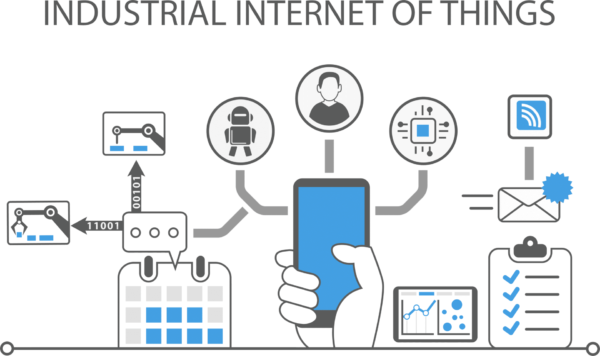Recent technology advances and rising demand are contributing to market development. The Industrial Internet of Things (IIoT) Market report offers a comprehensive analysis of the industry based on several parameters, including sales, sales analysis, market size, market share, trends, and major driving factors.
In addition, the research contains Porter’s five forces model, a portfolio and financial analysis, and a review of the company’s services and products. These statistical tools provide crucial information for finding lucrative Industrial Internet of Things (IIoT) market potential.
Market Range:
The regional Industrial Internet of Things (IIoT) Market is segmented by application, type, service, technology, and region in this report. Each chapter of this market segmentation gives a comprehensive overview of the market.
A thorough examination of segment-based research is meant to help readers comprehend the market’s potential and hazards. In addition, the report examines political possibilities that are anticipated to have a moderate to substantial impact on the industry.
The regional Industrial Internet of Things (IIoT) Market research analyses evolving regulatory circumstances in order to generate precise investment estimations. It also evaluates the threat of new entrants and the level of the competitive rivalry.
Competitive Prospects:
The most recent report extensively evaluates the tremendously competitive worldwide Industrial Internet of Things (IIoT) market environment. It provides an organized presentation of the company profiles of the leading market participants. This section of the research investigates the successful steps taken by these players for the long-term growth of their companies.
In addition, for the purpose of describing the market landscape as a whole, this section emphasizes the important developments and financial positions of these firms. The corporate profiles of both established and rising organizations have been examined using robust analytic techniques, such as Porter’s Five Forces analysis and SWOT analysis. To maintain their market position, these companies have employed various business strategies, including the introduction of new products, mergers and acquisitions, partnerships, and collaborations.
Distinctive Segmentation:
On the basis of service, the worldwide market for the industrial internet of things is categorized as follows:
- specialized services
- Outsourced Services
On the basis of solution, the worldwide market for the industrial internet of things is categorized as follows:
- Streaming Analytics
- Security
- Data Management in Real-Time
- Remote Network Bandwidth Control Monitoring
On the basis of platform type, the worldwide market for the industrial internet of things is split into the following:
- Application Management
- Device Management
- Network Management
The worldwide industrial internet of things market is split based on verticals as follows:
- Agriculture \sManufacturing
- Vehicles and equipment
- Foods and Drinks
- Materials and Chemicals
- Technology and Utilities
- Pharmaceuticals and Health Services
- Mines and Metals
- Gas and Oil
- Retail
- Transportation
- Others

